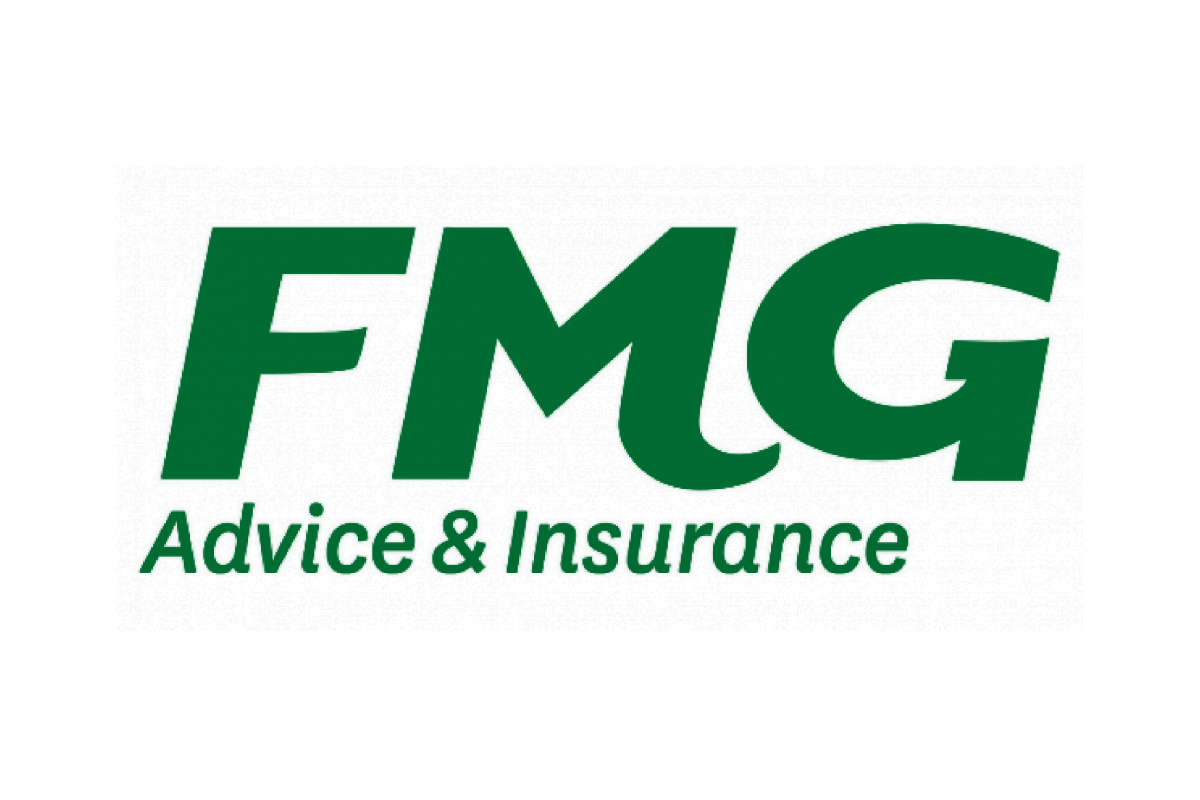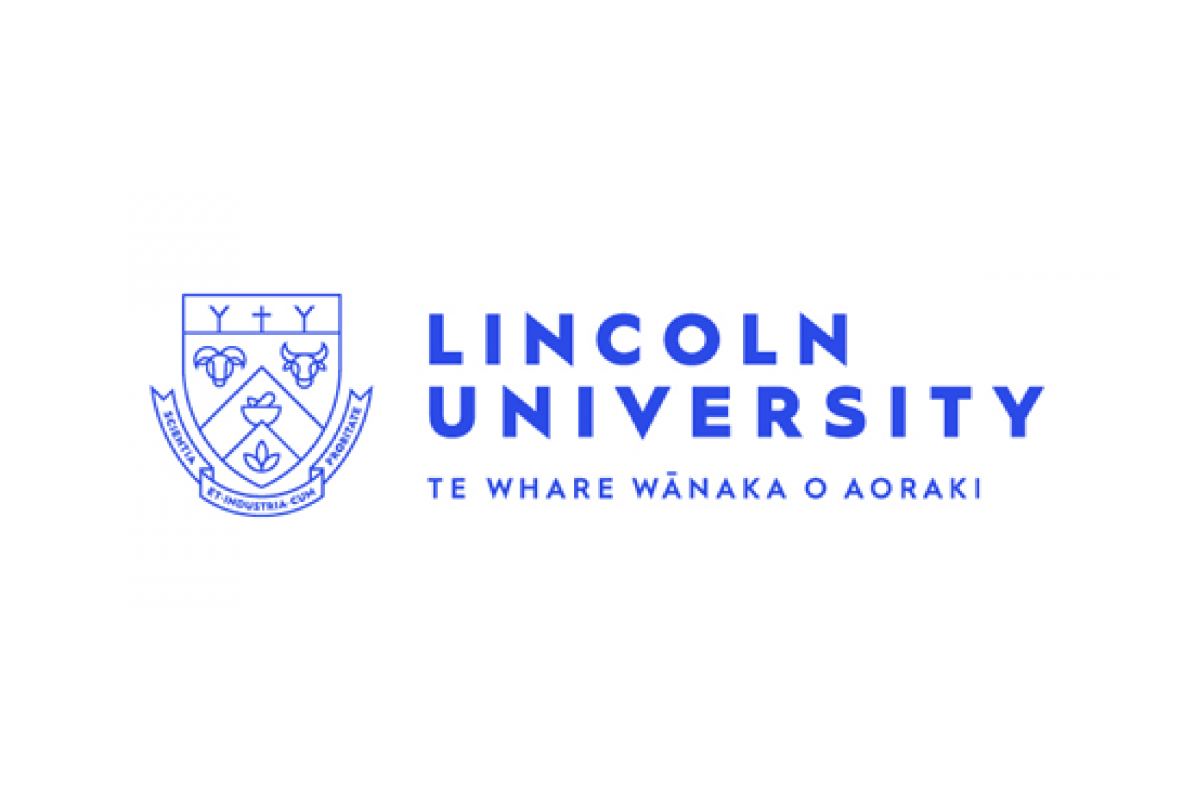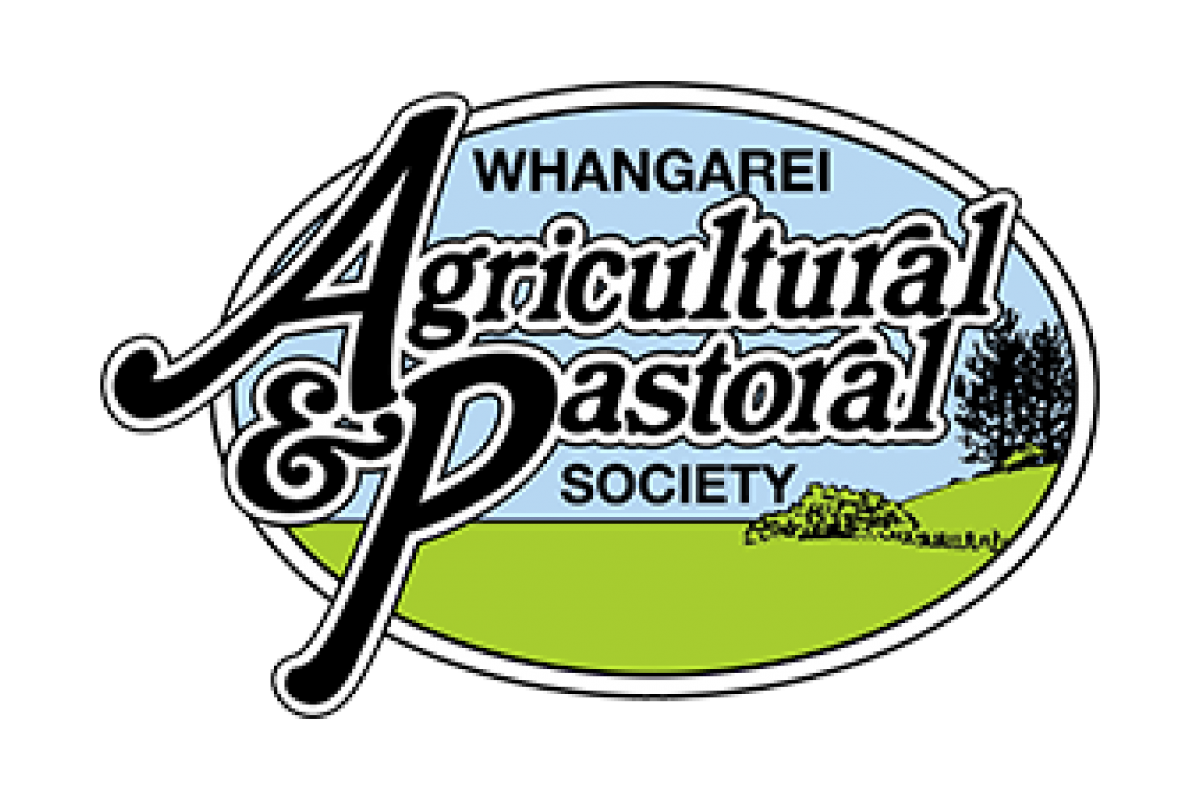Executive Summary
I initially chose my topic as I believed that Maori farming is going through a renaissance and that we as a people are realising the potential of our immense land assets. Looking at New Zealand on a global scale I asked myself the question; how are other Indigenous peoples with bigger land area’s farming their land?
As a farmer and a Maori who has been involved in farming all my life I have a passion for both farming and the farming of Maori land.
As a Maori, educated through the system to tertiary level, with work experience through NZ and overseas and now employed by a Maori Incorporation, I thought I was in a good position to look further into this.
I had to first of all define ‘Indigenous’ to myself. This in itself was an exercise, so I had to break it down further to narrow down my research.
Through my Nuffield travels I was fortunate enough to travel to England, France, Belgium, Scotland, Australia, Philippines, Hong Kong, China, USA, Canada, Ireland, Ecuador, Argentina and Uruguay.
My initial research showed that there was a very noticeable gap between Indigenous peoples who had adapted and were benefiting from using their assets, both land and water, and those that were not. I decided to research the later and find out why.
Indigenous peoples and how they have adapted to modern farming practices – Gregg Pardoe

























